Ted Nugent
Buy Ted Nugent After nearly a decade leading the Amboy Dukes, Ted Nugent embarked on a solo career and released his self-titled debut album in 1975. With a newly formed group that featured […]
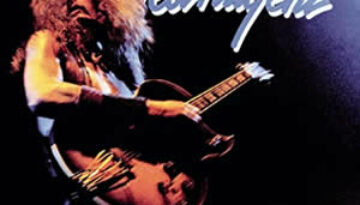
Buy Ted Nugent After nearly a decade leading the Amboy Dukes, Ted Nugent embarked on a solo career and released his self-titled debut album in 1975. With a newly formed group that featured […]

Buy Days of the New Days of the New came out of the gate in 1997 and forged their own style of dark acoustic rock. This style is expertly exhibited throughout the group’s […]
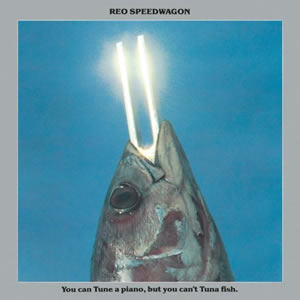
Buy You Can Tune a Piano but You Can’t Tuna Fish Often derided for its ludicrous title and album cover, You Can Tune a Piano, but You Can’t Tuna Fish was nonetheless the […]

Buy Tuesday Night Music Club Sheryl Crow‘s official debut was at once brilliant and controversial. In fact, the title Tuesday Night Music Club comes from the assembled studio group who composed and recorded […]
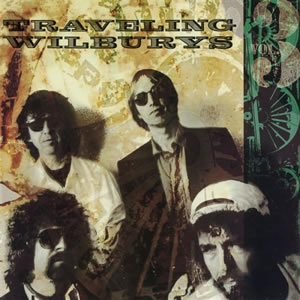
Buy Traveling Wilburys Vol. 3 As heralded and popular as the Traveling Wilburys 1988 debut album was, the 1990 follow up Traveling Wilburys Vol. 3 was relatively ignored. In part, this was the […]

Buy Traveling Wilburys Vol. 1 “Super Groups” were commonplace during the seventies and eighties, often causing much hype which was rarely surpassed by the music itself. But in the case of the Traveling […]
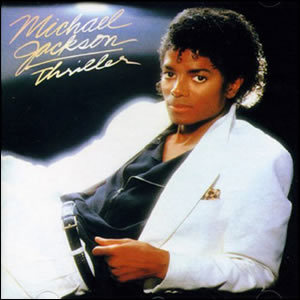
Thriller is the sixth studio album by Michael Jackson and the best selling album of all time. Seven of the nine songs on the album were released as singles and each one of […]
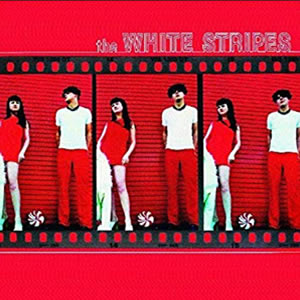
Buy The White Stripes The self-titled 1999 debut by the Michigan based debut, The White Stripes was at once a nod back to the American blues from the century about to end and […]
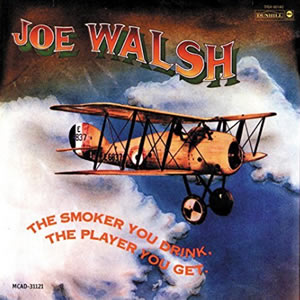
Buy The Smoker You Drink, the Player You Get The second of two albums featuring singer-songwriter and multi-instrumentalist Joe Walsh with his backup group Barnstorm, The Smoker You Drink, the Player You Get […]
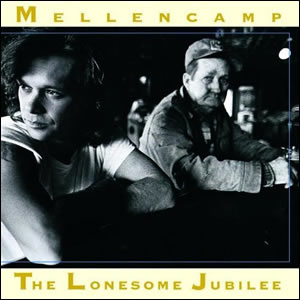
The Lonesome Jubilee is the ninth album by singer-songwriter John Mellencamp, who released many genres of music dating back to his days as “Johnny Cougar” in the mid 1970s. On this album, Mellencamp […]